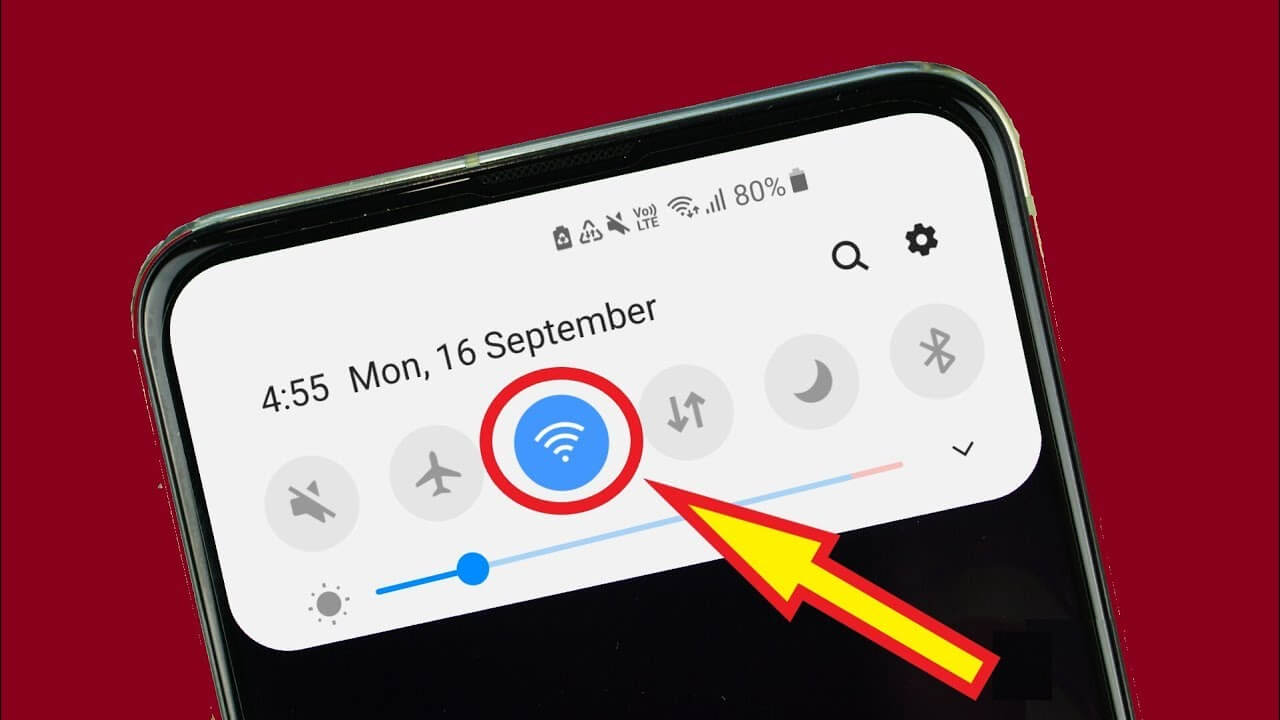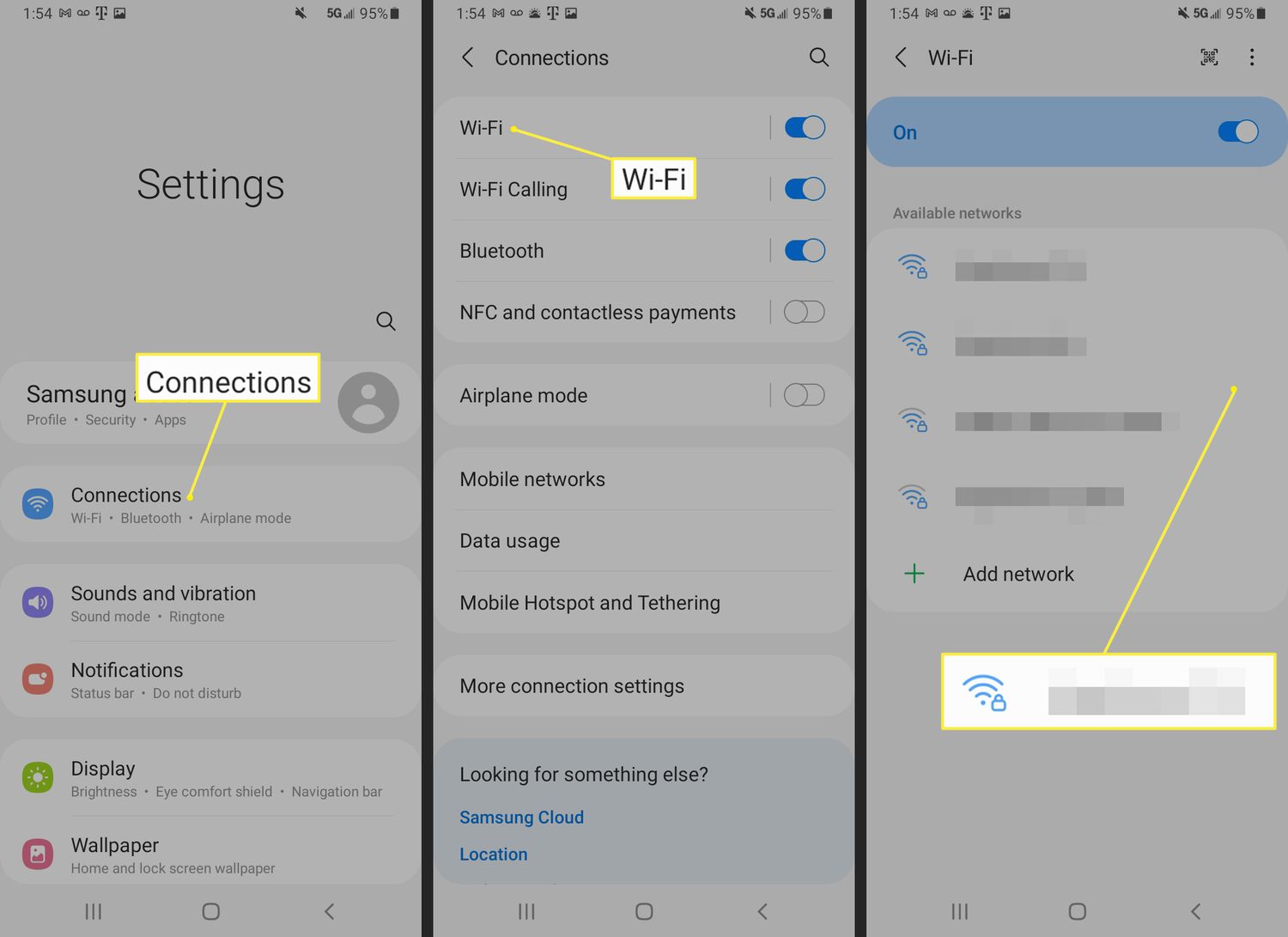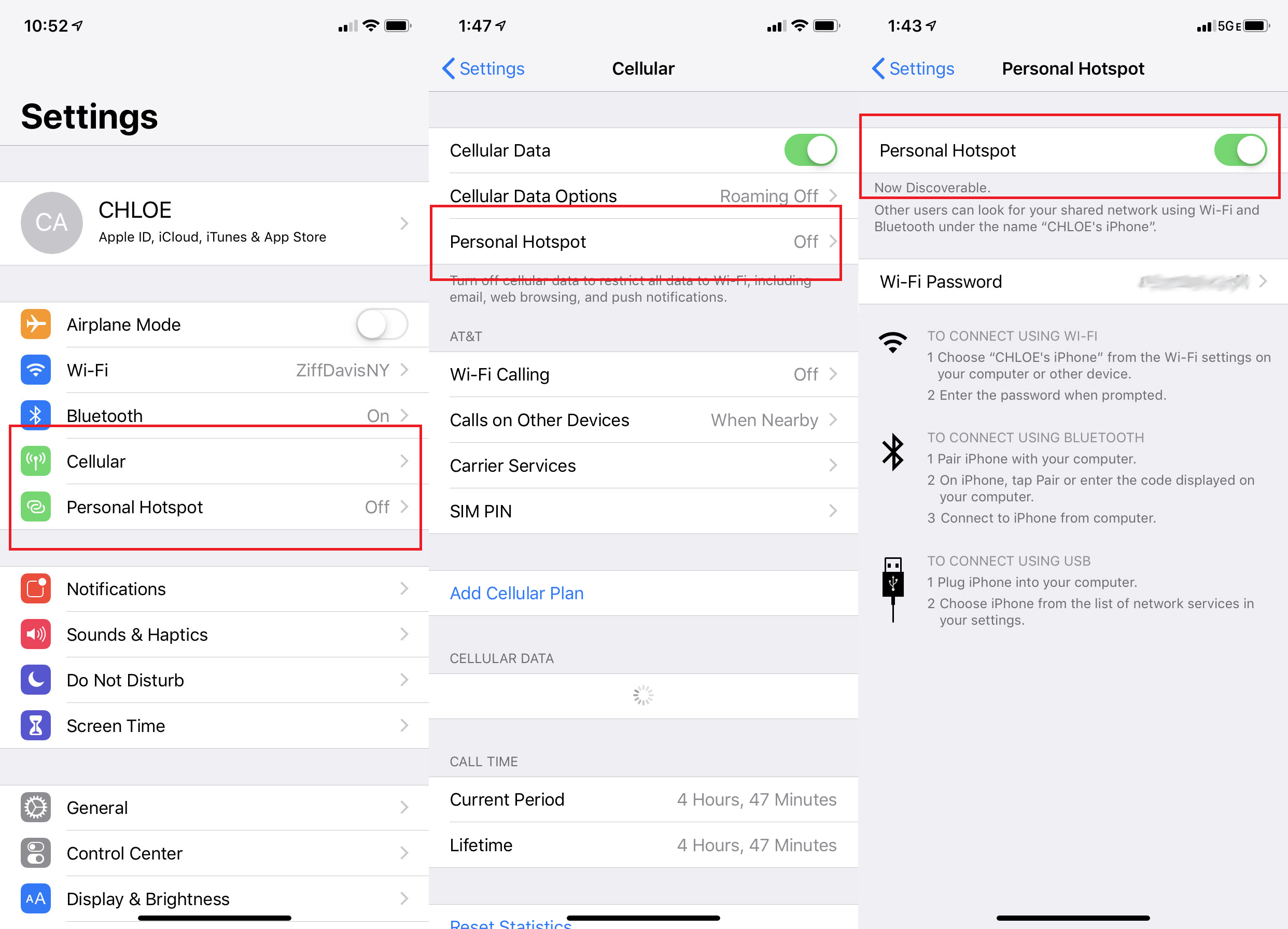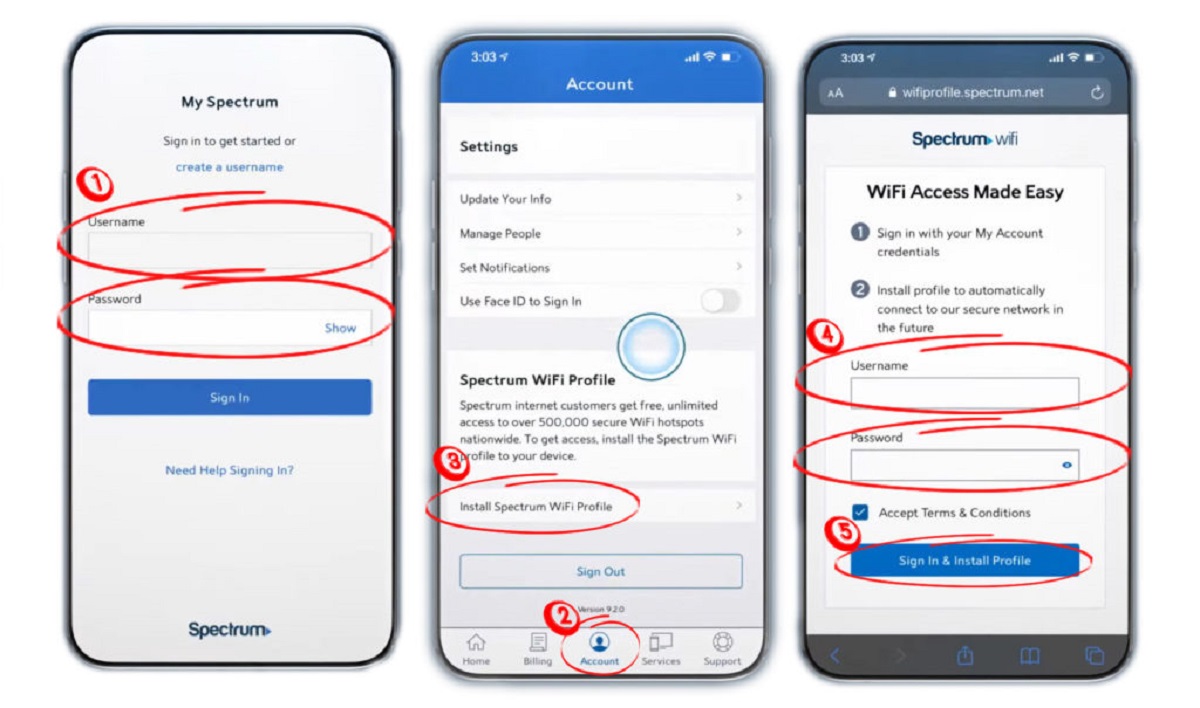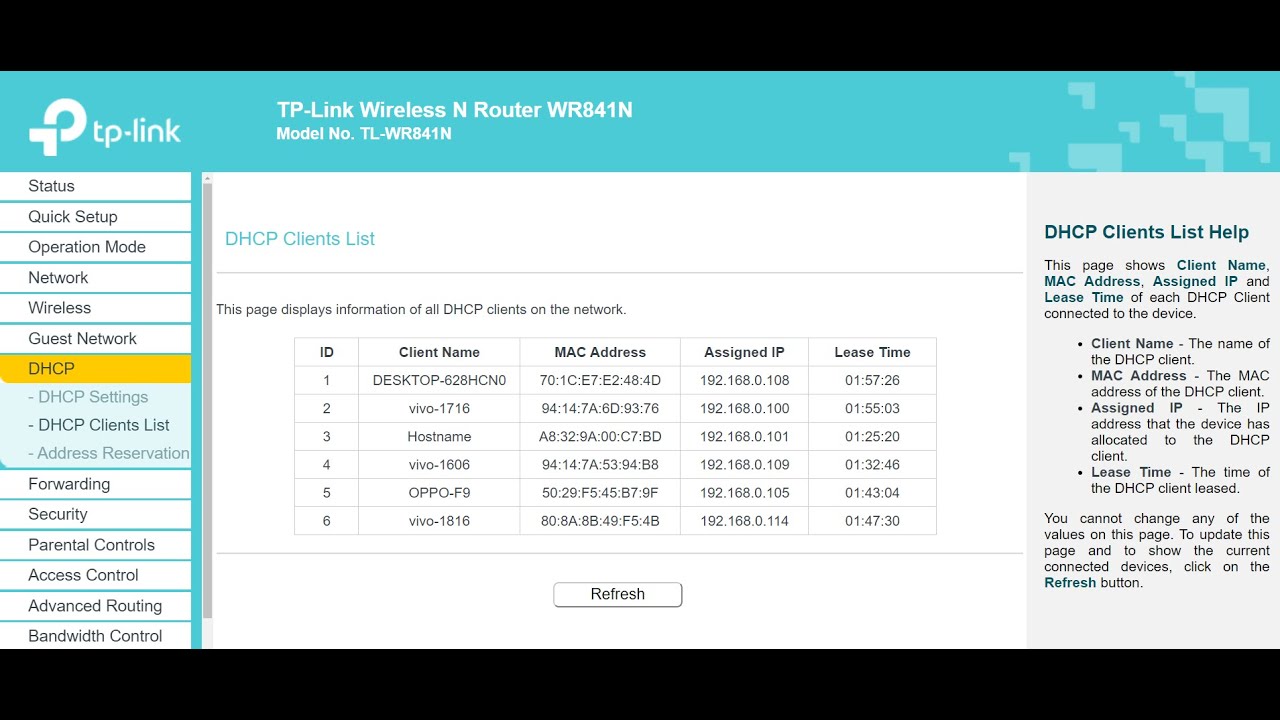Introduction
Welcome to the world of Android, where smartphones have become an essential part of our lives. These devices not only help us stay connected with family and friends, but they also provide access to the internet through Wi-Fi networks. We often connect to various Wi-Fi networks at home, work, school, or public places. But have you ever forgotten the password for a particular Wi-Fi network and wished you could retrieve it?
In this article, we will explore different methods to help you see the Wi-Fi password on your Android device. Whether you are using your own Wi-Fi network or trying to connect to a friend’s network, knowing the password can come in handy in various situations.
Before we dive into the different methods, it is important to note that retrieving a Wi-Fi password is only possible if you have the necessary permissions or access to the device/network. It’s always best to seek permission from the network owner or administrator before attempting to view the password.
Now, let’s get started with the methods that will enable you to see the Wi-Fi password on your Android device.
Method 1: Checking the Router Settings
One of the most straightforward methods to find the Wi-Fi password for a network is by accessing the router settings. This method requires access to the administrator interface of the Wi-Fi router. Here’s how you can do it:
- Ensure that your Android device is connected to the Wi-Fi network for which you want to retrieve the password.
- Open a web browser on your device and enter the default IP address of your router in the address bar. Common default IP addresses include 192.168.0.1, 192.168.1.1, or 192.168.2.1. If you’re unsure about the IP address, you can refer to the router’s manual or search the internet for the specific router model.
- Once you enter the IP address, you will be prompted to enter the login credentials for the router. These credentials are typically found on a sticker on the router itself or in the router’s manual. If you have changed the default login credentials in the past and do not remember them, you may need to perform a reset of the router to restore the default settings.
- After successfully logging in, navigate to the wireless settings or Wi-Fi settings section of the router interface. Look for the wireless security settings, where the Wi-Fi password is usually displayed.
- The Wi-Fi password may be labeled as “Key,” “Passphrase,” or “Pre-Shared Key” (PSK), depending on your router’s configuration. The password will be masked with asterisks or dots for security reasons. You can usually click on a show/hide button or checkbox to reveal the password.
- Make a note of the Wi-Fi password or take a screenshot for future reference.
By accessing the router settings, you will be able to find the Wi-Fi password for the network you are connected to. However, keep in mind that this method requires administrative access to the router and may not be suitable in all situations.
Now that you know how to retrieve the Wi-Fi password by checking the router settings, let’s move on to the next method.
Method 2: Using the Google Play Store App
If accessing the router settings is not possible or if you’re looking for a simpler method, you can use the Google Play Store app to view the Wi-Fi password. Here’s how:
- Open the Google Play Store app on your Android device.
- In the search bar, type “Wi-Fi Password Recovery” or a similar keyword to find an app that can help you retrieve Wi-Fi passwords.
- From the search results, choose a reliable and well-rated app that suits your requirements. Make sure to read the reviews and check the app’s permissions to ensure it is safe to use.
- Install the selected app on your device and launch it.
- Grant the necessary permissions required by the app to access your Wi-Fi settings.
- The app will scan your device for saved Wi-Fi networks and display a list of networks along with their passwords.
- Select the network for which you want to view the password, and the app will show you the Wi-Fi password on your screen.
- Make a note of the password or use the share option to send it to a trusted device or application.
Using a Wi-Fi password recovery app from the Google Play Store can be a convenient method if you have forgotten the password or need to share it with someone else. However, it’s important to exercise caution when granting permissions to third-party apps and choose a reputable app from trusted developers.
Now that you’re familiar with using the Google Play Store app to find Wi-Fi passwords, let’s explore another method in the next section.
Method 3: Using a File Manager App
If you prefer a more technical approach and have a basic understanding of file systems on your Android device, you can use a file manager app to retrieve the Wi-Fi password. Follow these steps:
- Download and install a file manager app from the Google Play Store. There are several reliable options available, such as ES File Explorer, Solid Explorer, or File Commander.
- Open the file manager app and navigate to the root directory of your device. This may vary depending on the file manager app you are using, but it is typically found in the “Internal Storage” or “Storage” section.
- Look for a folder named “data” and open it. Inside the “data” folder, you will find a subfolder with the name of your Wi-Fi network. For example, if your network name is “MyHomeNetwork,” the folder might be labeled as “com.android.providers.settings/databases.”
- In this folder, you will find a file named “settings.db” or “settings.db-wal.” This file contains the settings for your Android device, including saved Wi-Fi passwords.
- Copy the “settings.db” file to a safe location on your device or upload it to cloud storage for backup purposes.
- Next, you will need a SQLite database viewer app from the Google Play Store. Install an app like “SQLite Editor” or “SQLite Database Viewer” on your device.
- Open the SQLite database viewer app and locate the “settings.db” file you copied or saved earlier.
- Browse through the database tables and look for the table named “secure.”
- In the “secure” table, look for the entry with the name of your Wi-Fi network. The Wi-Fi password will be listed in the corresponding entry under the “value” column.
- Note down the Wi-Fi password or take a screenshot for future reference.
Using a file manager app to retrieve the Wi-Fi password requires a bit more technical know-how, but it can be an effective method if you are comfortable exploring your device’s file system. Remember to handle the files with care and avoid making any unintentional changes to the database.
Now that you have learned how to use a file manager app to find Wi-Fi passwords, let’s move on to the next method in our quest to uncover these elusive passwords.
Method 4: Using a Rooted Device
If your Android device is rooted, you can use additional methods to retrieve Wi-Fi passwords. Rooting grants you administrative access to your device’s operating system, allowing you to perform advanced tasks. Here’s how you can use a rooted device to find Wi-Fi passwords:
- Ensure that your Android device is rooted. Rooting methods vary depending on the device model and Android version. You can search online for specific instructions or consult forums dedicated to rooting Android devices.
- Once your device is rooted, download and install a root-enabled file explorer app from the Google Play Store. Some popular options include “Root Explorer,” “ES File Explorer Pro,” or “Solid Explorer Unlocker.”
- Launch the root-enabled file explorer app and grant it root access when prompted.
- Navigate to the root directory of your device using the file explorer.
- Look for a folder named “data” and open it.
- In the “data” folder, search for a folder named “misc” and open it.
- Look for a file named “wpa_supplicant.conf” or “wpa_supplicant.conf.bak.” This file contains the information about saved Wi-Fi networks, including their passwords.
- Open the file using a text editor within the file explorer app.
- Scroll through the file and locate the Wi-Fi network for which you want to view the password. The password will be listed after the “psk” or “password” field.
- Note down the Wi-Fi password or take a screenshot for future reference.
It’s important to note that rooting your Android device can void the warranty, and it should be done cautiously. Additionally, using root access comes with certain risks, so exercise caution and only perform tasks that you are comfortable with and understand.
With a rooted device, you can access system files and uncover Wi-Fi passwords. However, proceed with caution and only root your device if you understand the potential risks and consequences.
Now that you’re aware of the methods to find Wi-Fi passwords on a rooted device, let’s summarize what we’ve covered so far.
Conclusion
As we have explored in this article, there are several methods to retrieve Wi-Fi passwords on your Android device. Whether you have access to the router settings, prefer using apps from the Google Play Store, or have a rooted device, there’s a method for everyone’s comfort level and technical expertise.
Checking the router settings is a straightforward method that requires administrative access to the router. However, it may not always be possible or practical. Using the Google Play Store app provides a user-friendly and convenient option, especially if you have forgotten the password or need to share it with others. If you prefer a more technical approach, using a file manager app allows you to access your device’s file system and retrieve the Wi-Fi password. And if you have a rooted device, you can take advantage of advanced capabilities to uncover Wi-Fi passwords.
Remember, it’s essential to respect privacy and seek permission when attempting to view Wi-Fi passwords. Always follow legal and ethical guidelines and avoid using such methods for malicious purposes.
Now that you have a variety of methods at your disposal, you can confidently retrieve Wi-Fi passwords on your Android device when the need arises. Assess your situation and choose the method that suits you best.
Stay connected and enjoy seamless Wi-Fi connectivity on your Android device!







